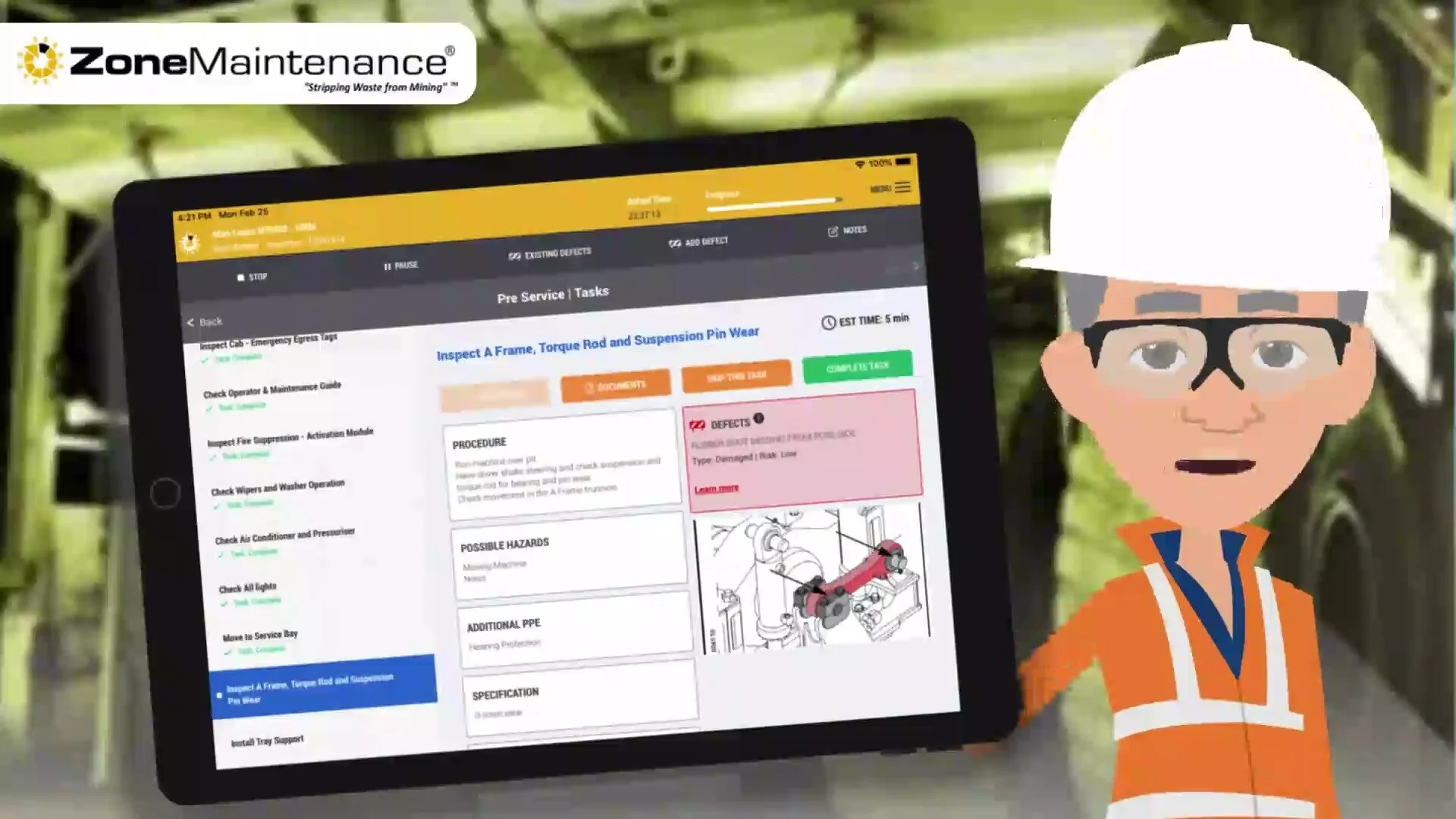Frequently Asked Questions
What is the application database?
All our applications are connecting to an Microsoft SQL (2008 & above) database on your own server. There is no data transfer to ourselves, you have full control and ownership of the data within your own network.
What platform are the applications developed on?
For the desktop modules of each application they are in a Windows .Net platform that run in a Windows environment. The tablet based software is on Apples iOS platform using Gen 2 iPads and up.
What is the licensing model and what does it include?
All applications are based on a concurrent user license model. This means you can have as many users as you like registered within the system but only x amount of users logged onto the modules at any one time. (x = the number of concurrent user licenses/month you purchase).
Support is included with the licensing. Support includes feature updates, bug fixes and technical assistance.
what is the difference between routemaintenance and zonemaintenance?
RouteMaintenance is designed for fixed plant facility maintenance where ZoneMaintenance is designed for mobile equipment or assets that are not fixed in a specific location.
RouteMaintenance is structured with a flow around a facility from one asset to another. At each asset there are asset specific tasks designed around the maintenance strategy for the particular inspection or service interval. An example is a lubrication route for the primary crusher. Many different types of assets with specific asset numbers with a specific lubrication requirement. The tasks and structure aligns to this assets requirement before moving to the next and so on.
ZoneMaintenance is designed to replicate the same interval content across the same asset types per asset number. In this example, the service interval content for a D10T Dozer is going to be the same, in most cases, for all equipment numbers. ZoneMaintenance is structured to handle this type of format requirement.
Can I use ComponentStatus and zonemaintenance in the same maintenance department?
Yes, for sure and we believe it is best to use an application for it’s designed purpose. ComponentStatus has a different terminology that is aligned to the component removal and replacement or rebuild purpose as well has some subtle additional features not included in ZoneMaintenance.
ComponentStatus can be utilised in a fixed plant operation as well with RouteMaintenance. This would be best utilised for stripdown and assembly type jobs being performed on site or at a designated rebuild center.
Why is Safetystatus included as an application ugmonst our suite of software?
So often, while on sites, we see someone wondering around the workshop performing a monthly safety inspection. It’s a generic paper check sheet with little detail on what expected and how to do it safely and efficiently. Guys don’t enjoy doing them because it’s time consuming and seems to be a chore of little value. And this comes down to the design of the content that’s being presented.
There’s no flow so the inspector needs to wonder around and find the item on the sheet eg. Check fire extinguishers. Doesn’t say where they are, how many there are in the workshop and what they need to check. So they need to go looking and then there’s another task to check eye wash stations. Again they wonder around again to find all the eye wash stations.
There’s a lot of wasted time and energy where if designed with a structured flow specific to the layout of the work area, the content is then in order and well defined to meet the expectation and specification of the inspection requirement.
We saw that we could apply the principles that we had developed in Zone and RouteMaintenance to safety inspections and eliminate a lot of wasted time and frustration within the workforce. And get the value in this effort by identifying more issues, reporting them electronically and feeding this data into the decision/work management tools already on site.
what if we use different terminology to other sites?
All the applications have a feature where you can apply your own site specific terminology to each application. It enables you to be specific to what your team understands and uses on a day to day bases.
